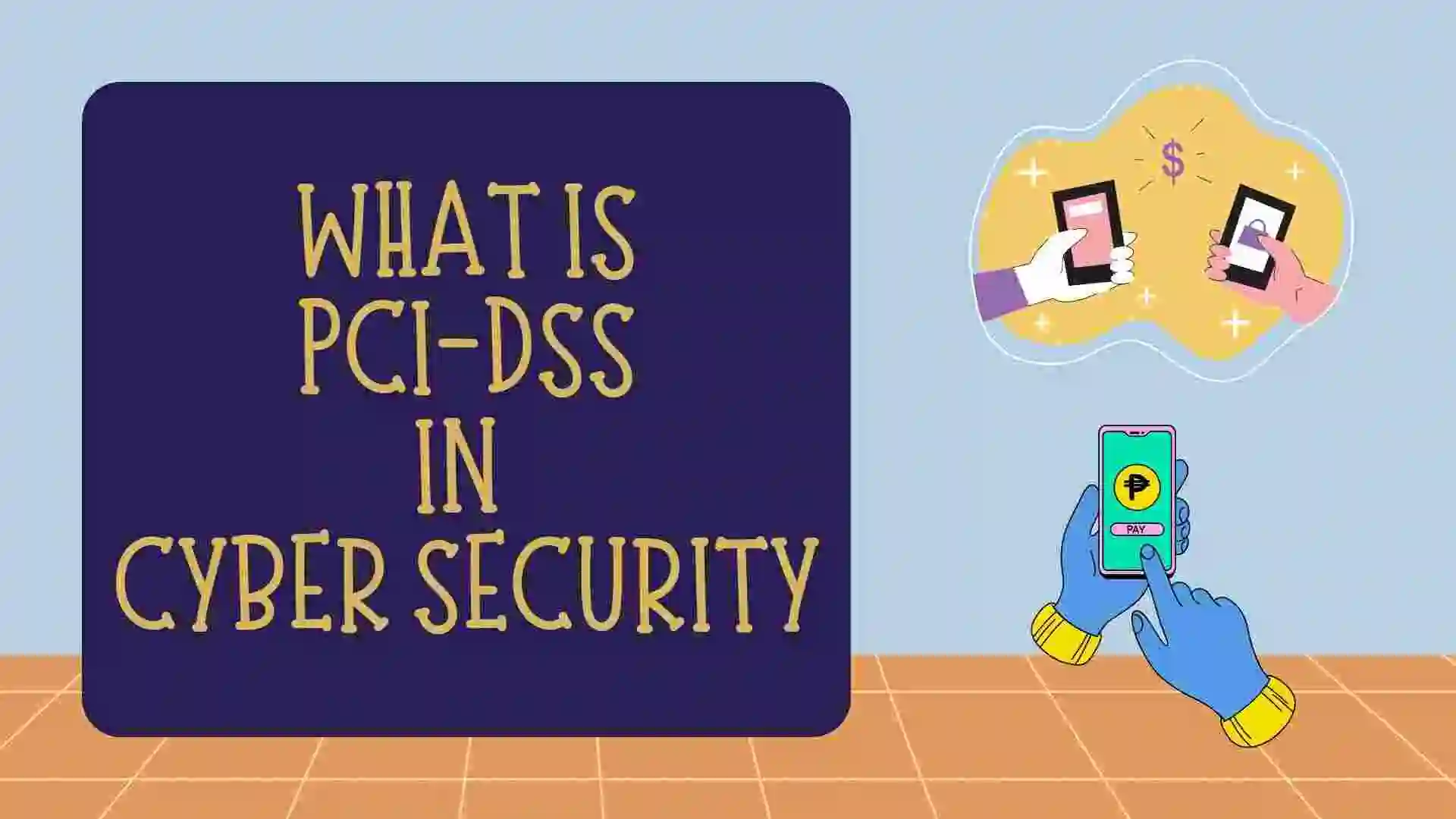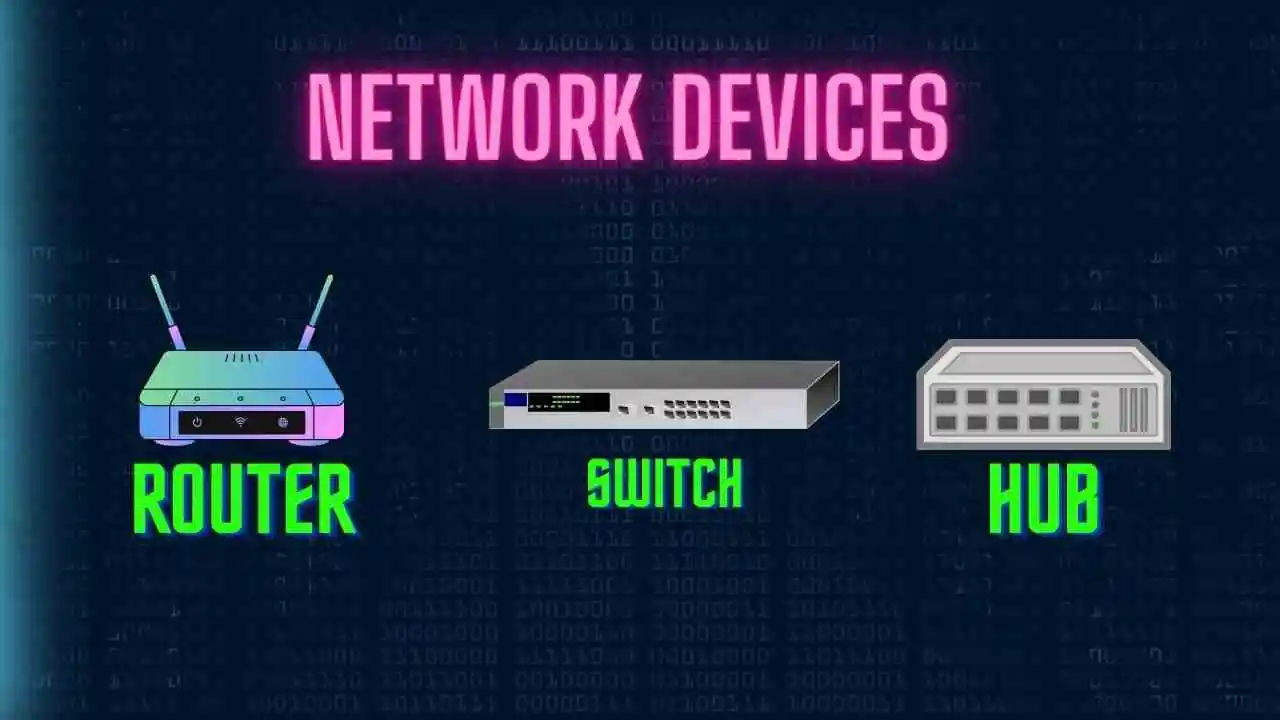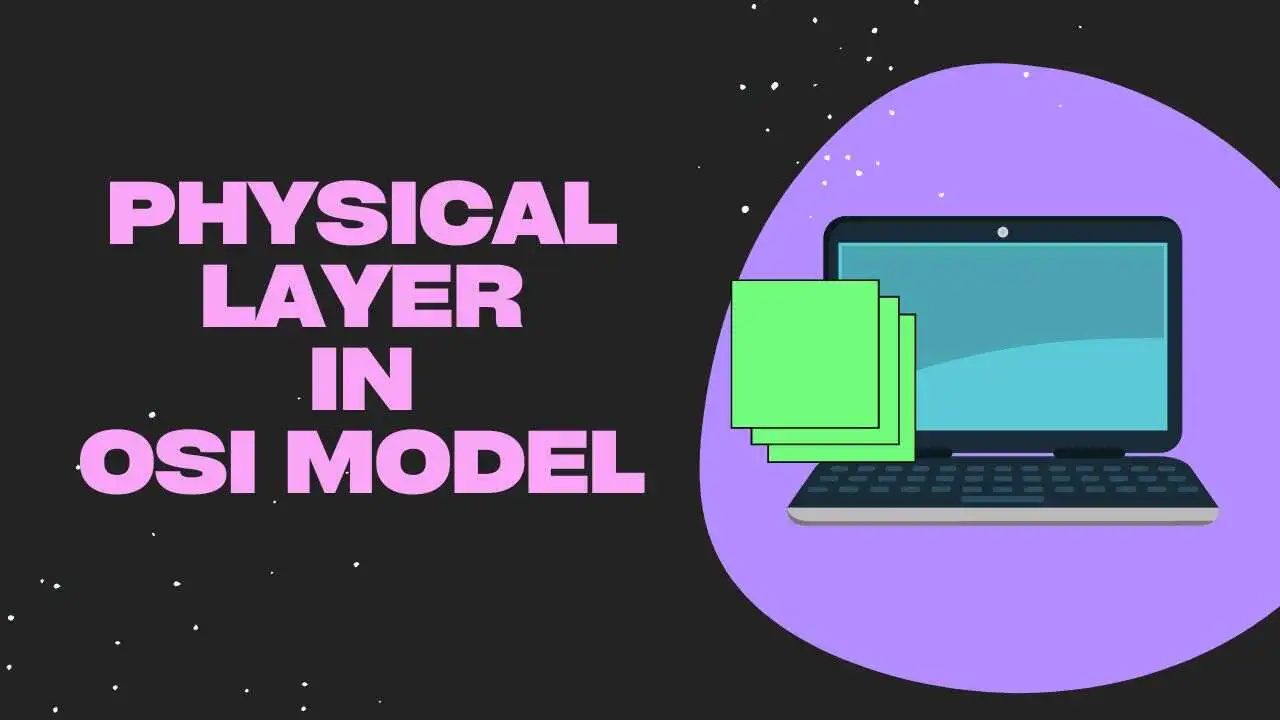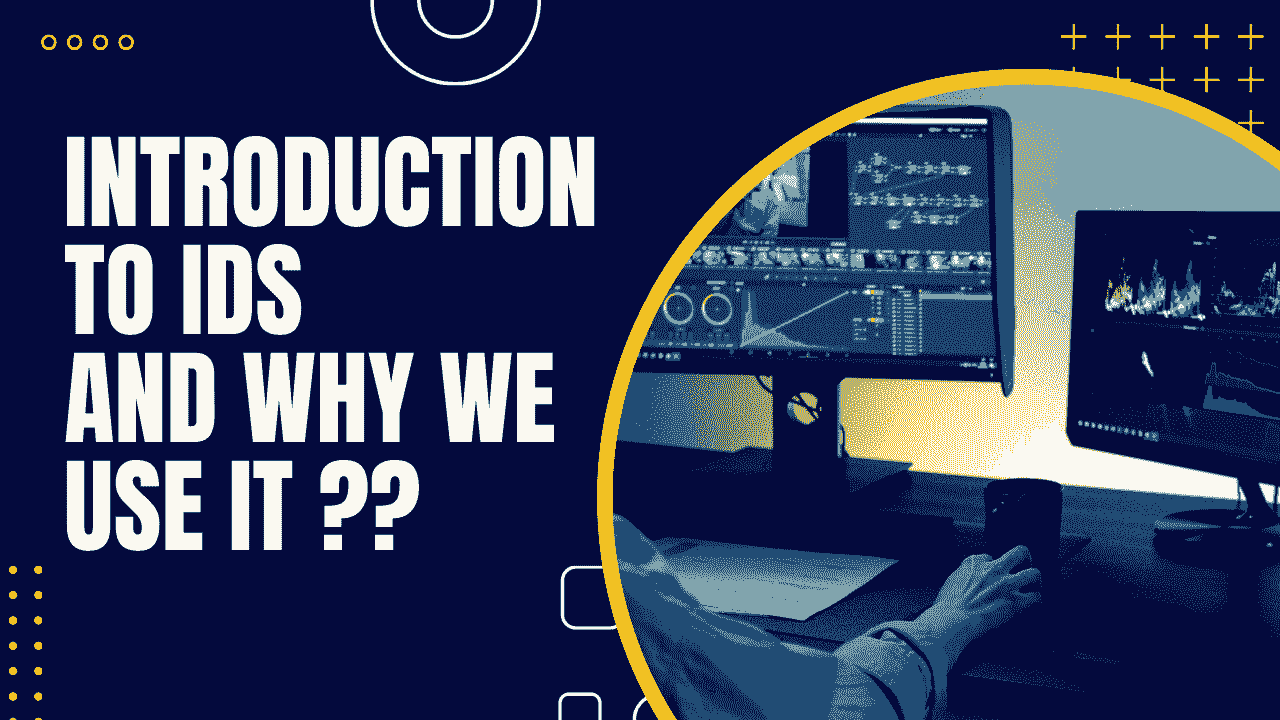In this blog, we will learn about PCI DSS (Physical Card Industry and Data Security Standard), which is one of the most important Cyber Security Laws. We will see the main purpose of this law and its reasons. So let’s get started with the blog.
Table of Contents
- Introduction to PCI DSS
- Purpose of PCI DSS
- Principles of PCI DSS
- PCI DSS Compliance Levels
- Benefits and challenges of PCI DSS compliance
- Conclusion
- FAQ
- Recent Articles on Computer Networks
- Blogs Related to Cyber Security
Introduction to PCI DSS
PCI DSS (Payment Card Industry Data Security Standard) is a set of security standards designed to ensure the protection of sensitive payment card data during transactions and storage. It was established to enhance the security of cardholder information and reduce the risk of data breaches and fraud in the payment card industry.
PCI DSS is maintained by the Payment Card Industry Security Standards Council (PCI SSC), which is a global organization formed by major credit card companies such as Visa, MasterCard, American Express, Discover, and JCB. The council’s goal is to create and promote security standards for organizations that handle payment card data.
The standard consists of a comprehensive set of requirements and best practices that organizations must adhere to if they handle, process, transmit, or store payment card information.
Purpose of PCI DSS
Here are some key purposes of PCI DSS:
A) Protecting Cardholder Data:
One of the main purposes of PCI DSS is to ensure that cardholder data, such as credit card numbers, expiration dates, and card verification codes, is stored, transmitted, and processed securely. By implementing strong encryption and data protection measures, the standard aims to prevent unauthorized access to this sensitive information.
B) Preventing Data Breaches:
Data breaches can result in the exposure of large amounts of personal and financial information, leading to identity theft and financial losses for both individuals and businesses. PCI DSS helps organizations establish robust security controls that significantly reduce the risk of data breaches, thereby safeguarding the privacy and financial well-being of consumers.
C) Reducing Fraud:
Stolen cardholder data is often used to commit fraudulent transactions, causing financial losses to cardholders, merchants, and financial institutions. By implementing PCI DSS requirements, organizations can implement measures that make it more difficult for attackers to exploit stolen payment card data.
D) Maintaining Consumer Trust:
The security of payment card transactions is crucial for maintaining the trust of consumers in electronic payment systems. When individuals feel confident that their payment card information is safe when making purchases, they are more likely to continue using electronic payment methods.
E) Standardizing Security Practices:
PCI DSS provides a comprehensive set of security requirements and best practices that organizations must follow. This standardization ensures a consistent level of security across the payment card industry, regardless of the size or type of organization.
F) Compliance Enforcement:
PCI DSS compliance is not only a best practice but also a requirement for organizations that handle payment card data. Payment card companies may impose penalties, and fines, or even terminate partnerships with non-compliant businesses. The standard thus enforces a level of accountability for maintaining security.
G) Global Applicability:
Since PCI DSS is developed and maintained by major credit card companies through the Payment Card Industry Security Standards Council (PCI SSC), it has a global reach. This helps create a unified approach to security for organizations and businesses that operate internationally.
H) Continuous Improvement:
PCI DSS is regularly updated to address evolving security threats and technological advancements. This ensures that organizations stay up-to-date with the latest security measures and best practices to counter new and emerging risks.
Principles of PCI DSS
PCI DSS (Payment Card Industry Data Security Standard) is a set of security standards designed to ensure that all companies that accept, process, store, or transmit credit card information maintain a secure environment. The standard consists of six main principles, often referred to as the “Six Goals of PCI DSS.” These principles are the foundation for securing cardholder data:
- Build and Maintain a Secure Network and Systems:
- Install and maintain a firewall configuration to protect cardholder data.
- Do not use vendor-supplied defaults for system passwords and other security parameters.
- Protect Cardholder Data:
- Protect stored cardholder data.
- Encrypt the transmission of cardholder data and sensitive information across open, public networks.
- Maintain a Vulnerability Management Program:
- Protect all systems against malware and regularly update antivirus software or programs.
- Develop and maintain secure systems and applications.
- Implement Strong Access Control Measures:
- Restrict access to cardholder data on a need-to-know basis.
- Assign a unique ID to each person with computer access.
- Restrict physical access to cardholder data.
- Regularly Monitor and Test Networks:
- Track and monitor all access to network resources and cardholder data.
- Regularly test security systems and processes.
- Maintain an Information Security Policy:
- Maintain a policy that addresses information security for employees and contractors.
- Establish an incident response plan to be implemented in case of a security breach.
Compliance with these principles helps organizations establish a secure environment for handling credit card information, reduce the risk of data breaches, and ensure the protection of sensitive cardholder data. It’s important for businesses to adhere to PCI DSS requirements to maintain trust with their customers and partners within the payment card industry.
PCI DSS Compliance Levels
PCI DSS (Payment Card Industry Data Security Standard) compliance levels are determined based on the volume of credit card transactions processed by an organization annually. These compliance levels help tailor the specific requirements and validation processes that organizations need to follow to meet PCI DSS standards. As of my last knowledge update in September 2021, there are four compliance levels, each associated with different requirements and validation efforts:
- Level 1:
- Description: Merchants process over 6 million credit card transactions annually, regardless of whether those transactions are conducted via e-commerce or traditional card-present methods.
- Validation Requirements: Annual on-site security assessment by a Qualified Security Assessor (QSA), quarterly network scans by an Approved Scanning Vendor (ASV), and completion of the PCI DSS Self-Assessment Questionnaire (SAQ).
- Level 2:
- Description: Merchants process 1–6 million transactions annually.
- Validation Requirements: Quarterly network scans by an ASV and completion of the PCI DSS SAQ
- Level 3:
- Description: Merchants process 20,000 to 1 million e-commerce transactions annually.
- Validation Requirements: Quarterly network scans by an ASV and completion of the PCI DSS SAQ
- Level 4:
- Description: Merchants processing fewer than 20,000 e-commerce transactions or up to 1 million transactions for other methods (e.g., card-present).
- Validation Requirements: Annual Self-Assessment Questionnaire (SAQ) and quarterly network scans by an ASV, if applicable.
It’s important to note that the PCI DSS compliance levels and associated requirements are subject to change, and organizations should regularly refer to the latest PCI DSS documentation for the most up-to-date information.
Additionally, compliance requirements can vary based on the specific payment brands (e.g., Visa, MasterCard, American Express) and regions. Organizations should work with their acquirers and payment brand representatives to ensure they understand and meet the specific compliance obligations relevant to their situation.
Benefits and challenges of PCI DSS compliance
Compliance with the Payment Card Industry Data Security Standard (PCI DSS) is crucial for organizations that handle credit card transactions. It offers several benefits but also comes with a set of challenges. Let’s explore both:
Benefits of PCI DSS Compliance:
- Enhanced Security: PCI DSS compliance ensures that organizations have strong security measures in place to protect cardholder data. This, in turn, reduces the risk of data breaches and unauthorized access.
- Customer Trust and Confidence: Compliance demonstrates an organization’s commitment to securing customer data, and building trust among consumers. Customers are more likely to transact with businesses they trust with their sensitive financial information.
- Reduced Financial Risk: Complying with PCI DSS can reduce the financial risk associated with data breaches. Avoiding data breaches helps prevent potential fines, legal fees, and costs related to reputational damage and customer compensation.
- Cost Savings: By implementing security best practices and reducing the risk of breaches, organizations can potentially save on costs associated with investigating breaches, recovering from attacks, and addressing regulatory penalties.
- Global Market Access: Compliance with PCI DSS allows businesses to operate in the global marketplace by meeting the security requirements demanded by international payment networks and financial institutions.
- Streamlined Operations: Implementing PCI DSS standards often results in improved operational efficiency. Clear security policies and procedures ensure smoother day-to-day operations and better risk management.
- Legal and Regulatory Compliance: Compliance with PCI DSS often aligns with various legal and regulatory requirements, helping organizations meet a range of obligations related to data security and privacy.
Challenges of PCI DSS Compliance:
- Complexity of Compliance: Achieving PCI DSS compliance can be complex, especially for larger organizations with multiple systems and processes that handle cardholder data. Understanding and implementing all the necessary requirements can be challenging.
- Cost of Compliance: Compliance can be costly, involving investments in security technology, personnel training, audits, and ongoing maintenance. Smaller businesses may find it particularly burdensome to meet these financial requirements.
- Ongoing Maintenance and Monitoring: Maintaining compliance requires continuous monitoring, updates, and regular assessments to ensure that security measures are effective and up to date with evolving threats and technologies.
- Resource Constraints: Small to medium-sized enterprises (SMEs) often have limited resources in terms of budget, expertise, and manpower. Achieving and maintaining compliance can be resource-intensive for these organizations.
- Human Error and Insider Threats: Despite implementing security measures, human error and insider threats remain significant challenges. Employees may inadvertently compromise security or engage in malicious activities.
- Scope and Network Complexity: The vast scope of PCI DSS, especially for organizations with complex network infrastructures, makes it difficult to accurately assess compliance across all systems and components.
- Integration with Business Processes: Aligning security measures with existing business processes while ensuring PCI DSS compliance can be a delicate balance. It may require adjustments to workflows and procedures, which could face resistance from employees.
Navigating these challenges and reaping the benefits of PCI DSS compliance requires a strategic approach, dedicated resources, ongoing education, and a commitment to maintaining a strong security posture.
Conclusion
In summary, the primary purpose of PCI DSS is to protect the confidentiality, integrity, and availability of cardholder data during payment card transactions. By doing so, it aims to reduce the risk of data breaches, fraud, and identity theft, while fostering consumer trust and ensuring a secure payment card ecosystem.
Note: This blog is mainly referenced from the TechTarget website.
FAQ
PCI-DSS stands for Physical Card Industry and Data Security Standard
PCI DSS (Payment Card Industry Data Security Standard) is a set of security standards designed to ensure the protection of sensitive payment card data during transactions and storage. It was established to enhance the security of cardholder information and reduce the risk of data breaches and fraud in the payment card industry.
The six goals of PCI-DSS are as follows:
1) Build and Maintain a Secure Network and Systems
2) Protect Cardholder Data
3) Maintain a Vulnerability Management Program
4) Implement Strong Access Control Measures
5) Regularly Monitor and Test Networks
6) Maintain an Information Security Policy
Recent Articles on Computer Networks
- Introduction to Computer Networking | What is Computer Network
- What are Topology & Types of Topology in Computer Network
- What is FootPrinting in Cyber Security and its Types, Purpose
- Introduction to Cloud Computing | What is Cloud Computing
- Distributed Shared Memory and Its Advantages and Disadvantages
- What is a VPN? How does a VPN Work? What VPN should I use?
- What is an Internet and How the Internet Works
- What is a Website and How Does a Website or web work?
- Introduction to Virus and Different Types of Viruses in Computer
- What is TCP and its Types and What is TCP three-way Handshake
- What is the UDP Protocol? How does it work and what are its advantages?
- What is an IP and its Functions, What is IPv4 and IPv6 Address
- What is MAC Address and its Types and Difference MAC vs IP
- What is ARP and its Types? How Does it Work and ARP Format
- Sessions and Cookies and the Difference Between Them
- What is the ICMP Protocol and its Message Format?
- What is Big Data? Characteristics and Types of Big Data
- Disciplines of CyberSecurity | What are the goals of CyberSecurity?
- What is Firewall, Features, Types and How does the Firewall Work?
- Network Scanning, Types, and Stealth Scan in Computer Network
- Cryptography and its Types in Ethical Hacking
- Tor Browser and How Does It Work | Onion Router Tutorial
- Proxy Server, Advantages, Difference between Proxy Server & VPN
- DHCP Protocol and What Are the Pros and Cons of DHCP
- Intrusion Detection System(IDS) and What are the types of IDS
- Domain Name Server, How Does It Work, and its advantages
- Telnet: Introduction, How Does it Work, and Its Pros and Cons
- SOC: Introduction, Functions performed by SOC, and its Pros
- What is SIEM? | What is the Difference between SIEM and SOC?
- Application Layer in OSI Model | OSI Model Application Layer
- What is SSL Protocol or SSL/TLS and SSL Handshake, and Architecture of SSL
- What are Servers, how do they work, and its different Types
- Network Devices-Router, Switch, Hub, etc in Computer Network
- Connection Oriented and Connection-less Services in Network
- Physical Layer in OSI Model | OSI Model Physical Layer
- Presentation Layer in OSI Model | OSI Model Presentation Layer
- Session layer in OSI Model | OSI Model Session layer
- Transport Layer in OSI Model | Computer Network Transport Layer
- Network Layer in OSI Model | OSI Model Network Layer
- Data Link Layer in OSI Model | OSI Model Data Link Layer
- Block Diagram of Communication System with Detailed Explanation
Blogs Related to Cyber Security
- What is Ethical Hacking || Introduction to Ethical Hacking
- System Security and Protection in Cybersecurity
- HIPAA (Health Insurance Portability and Accountability Act) in Cyber Security Law
- What is GLBA (Gramm-Leach-Bliley Act) in Cyber Security Law?
- What is NIST (National Institute of Standards and Technology)?
- What is GDPR (General Data Protection Regulation)?
- What are ISO 27001 and CIA in Cyber Security Law?
- What is HITRUST Framework in Cyber Security Law
- Ethical Hackers, Types, and Responsibilities of Ethical Hackers
- VAPT, Benefits, and What are the Roles of VAPT in Company
- What is Pen Testing, Requirement, Types, and Roles of PenTester




